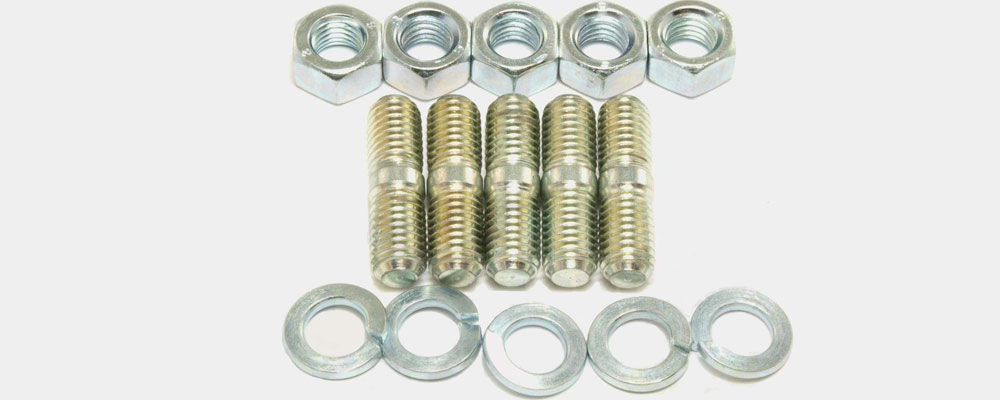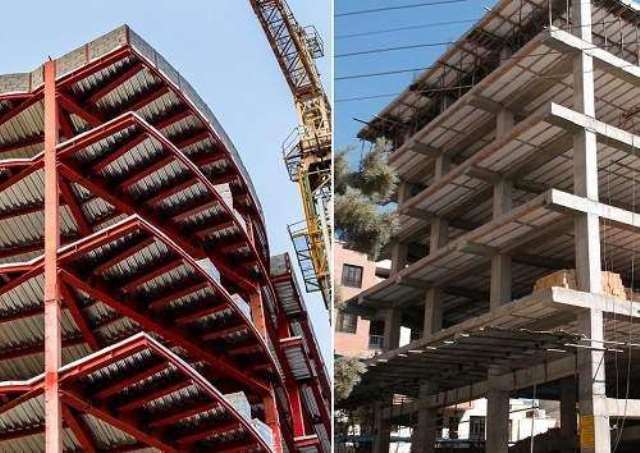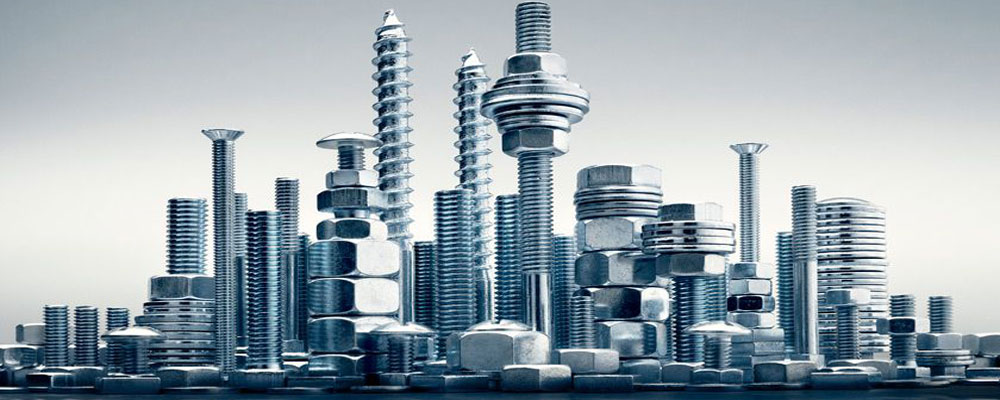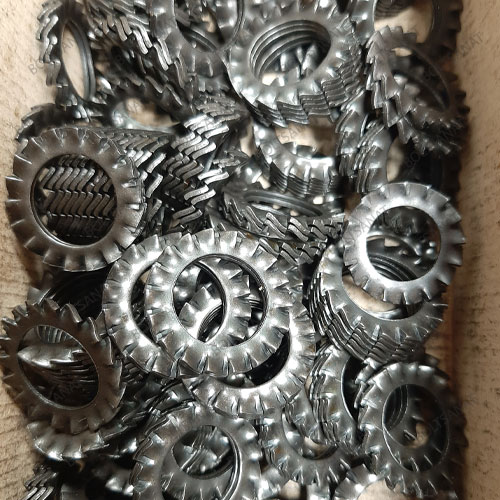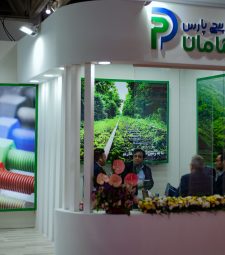One of the important issues that engineers consider in advance for the implementation of construction or industrial projects is the supply of parts or materials. In this regard, screws and nuts have a special place because they have many uses in various industries and in construction matters, and today industrial or construction screws play an important role in the global markets of industrial and construction parts and accessories.
In the past articles or different sections of this website, in order to get to know you, dear readers, as much as possible, regarding the types of parts used in metal connections, such as types of screws, nuts, or washers, including hexagon screws, types of construction screws, We have written HV screws, 8.8 screws and other items in detail, which we hope will be useful for those interested and active in the industry or construction areas.
But the important thing is that when you want to buy and order bolts and nuts, reading the guide for buying bolts and nuts can be very useful for you. Especially for young and inexperienced engineers or managers, this can be critical in some cases.
In the field of buying bolts and nuts for metal connections, you should pay attention to several points:
• Whether the intended bolt is industrial or construction type
• screw grade
• Corresponding nut grade
• Standard bolts
• Size and dimensions of bolts and nuts
• Plating type
Fortunately, we have written about most of the points mentioned in detail in other articles, but briefly and for reminder, we can describe the above as follows:
Bolt type:
It is very important that the bolts and nuts you are looking for are purchased for use in industrial or construction purposes. Despite the similarity of these types of screws and related nuts, it is better to use each of them for their respective purposes.
Guide to buying bolts and nuts
Bolt and nut grade:
The grade or class of bolts and nuts indicates their resistance according to the relevant standard. Currently, among the most important types of screws that are used, we can mention screws with grades 4.8, 5.6, 6.8, 8.8, 10.9, etc., which are widely used in various sectors of the industry as well as in the construction of metal skeleton structures. are used a lot.
As you know, even for the selection and purchase of nuts and washers, it should be done in harmony with it, so that, for example, grade 8 nuts are not used for grade 10.9 screws.
Bolt standard:
Today there are different standards for bolts and nuts. Among the most important and famous standards that we have already introduced to you in other articles, we can mention the DIN standard of Germany, the ASTM standard of the United States and also the ISO standard.
Bolt size:
The dimensions of the screw as well as the length of its thread are very important. As we have explained, in order to use screws, nuts and washers in any project – whether industrial or construction – their grade and size must be appropriate so that the connections are connected to each other in the best possible way and these connecting parts, in the long run maintain their quality.
Plating:
The plating of bolts and nuts and whether they are galvanized or not is also very important for engineers and project managers to buy. Today, the bolts and nuts offered in their grades may be hot galvanized, cold galvanized, or dichromated.
For consultation and purchase of all kinds of screws and nuts or washers, contact Pars Pishgaman Company. We provide you with the best products.

